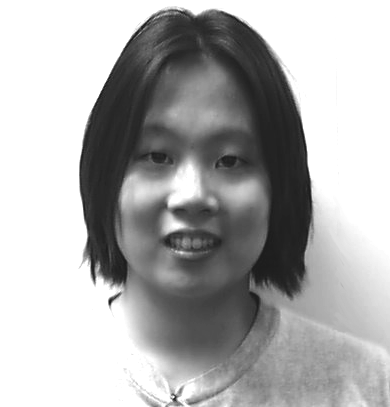
What America doesn’t know
Anne Frank’s diary, translated into over 50 languages, is the most popular work in the world, next to the Bible. Everyone has heard of the Holocaust and its concentration camps. But who has heard of the Nanjing Massacre?
Everyone knows of Hitler, but who has even a vague conception of Hirohito? In what I like to call my all-purpose book of knowledge, “The Dictionary of Cultural Literacy: What Every American Needs to Know,” there are multiple entries detailing the many aspects of the Holocaust, ranging from concentration camps to two particular Holocaust enthusiasts, Adolf Eichmann and Heinrich Himmler. Alternatively, there is one sentence describing the Nanjing Massacre.
Clearly, Americans (and I would not hesitate to add Europeans) are generally not taught about the Nanjing Massacre, an atrocity during the Second Sino-Japanese War in which the Japanese army is believed to have massacred upwards of 200,000 and raped tens of thousands in, what was at the time, China’s capital.
In our superficial picture of the late 1930s to 1945, common knowledge of the Pacific War, certainly less familiar territory than the European front, begins with Pearl Harbor and ends with Nagasaki. Yet this is hardly a sufficient understanding of WWII, much less the historical context of the rise of Japan as an industrialized nation, the rise of Chinese communism, the beginning of the Cold War and – not to mention – one of the most disturbing atrocities in modern history that has largely been ignored: the Nanjing Massacre.
During the last few decades, while Holocaust scholars delved deeper into ideas of discourse, representations and the problematic nature of expressing the Holocaust, many Japanese revisionists still continued vehemently to deny the Nanjing Massacre. They called it an ideological fabrication and supported this refutation with the most laughable and illogical of rationales, including the assertion that Japanese soldiers were afraid of the dark and thus could not have committed alleged crimes that occurred in the night.
In 2000, a book “What Really Happened in Nanking: The Refutation of a Common Myth” denied the atrocities of 1937, claiming that assertion of the Nanjing Massacre is a serious threat to world peace; accordingly, its author, Tanaka Masaaki, cautioned that Japan and the United States “must be careful to avoid being misled by misinterpretations and demagoguery, and make an earnest effort to seek the truth.” The politics are obvious, and the irony is simply too thick.
Although most scholars now recognize that the Nanjing Massacre did, in fact, occur, there continues to be significant and formidable differences in interpretations of the extent of the atrocities. In essence, most works regarding the Nanjing Massacre continue to be descriptive texts covering the basics: who, what, when, where and how many? Only in the last three years have scholars become truly critical in their research of the Nanjing Massacre, exploring the more profound aspects and implications of the event.
In this exploratory trend, a fellow undergraduate, Matt Kuder, and I decided to apply for a Richter International Fellowship through the SMU Honors Program, which allowed us to travel to Nanjing this past July in order to research the representations of the Nanjing Massacre. Our fundamental assumption in this study is that the significance of the Nanjing Massacre lies not only in its occurrence, but more importantly in the ways in which it has been and continues to be documented and represented through various modes of discourse.
Ultimately, however, our research is not simply academic. As anyone with even the most superficial knowledge of the Nanjing Massacre knows, representing the atrocity is not only a historical dilemma, but also a political one. Although Tanaka Massaki is a politically motivated rightist, his contention that the history of the Nanjing Massacre is a determinant of world peace is not far off the mark. Perhaps the only thing he is right about is that history and its representations will invariably influence the future.
We encourage anyone interested in the Nanjing Massacre or anyone planning to apply for a Richter fellowship to attend our student forum at 4 p.m. on Nov. 6 in the Fondren Science building, Room 124.








